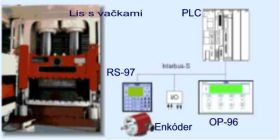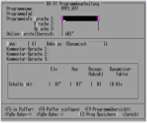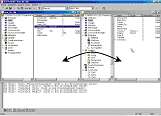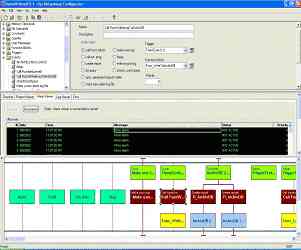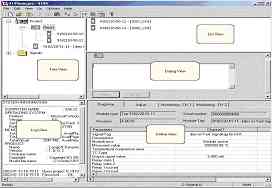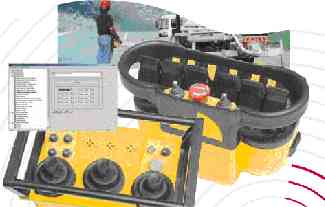 Configuration PC software
Configuration PC software
case study
Introduction
As we know, many of the modern electronic modules from various producers are designed as microcontroller embedded systems. This allows customers to achieve different functionality by modifying some module parameters, which are, in contrast to a main firmware, configurable by the external configuration software run on a desktop, laptop or handheld computer.
The measured value converter is a typical example of such module. Many producers offer electronic systems which, by using common hardware modules, make possible to process the inputs from various types of sensors, and convert them into unified current and voltage outputs (e.g. 0-10V, 0-20mA, 4-20mA, etc.). Some functionality of such device thus depends on the actual configuration stored in the memory of the converter.
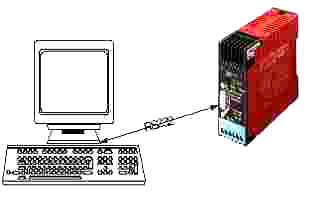
Figure 1: Measured value converter, configurable by PC software
The typical features of configuration software are:
- The configuration of a valid set of module parameters. The configuration software ensures that the final configuration will contain only those values and combinations of parameters that are actually allowable in terms of proper functionality of the electronic module.
- Storing the parameters into a database or a configuration file for later use (e.g. use of modules with identical functionality)
- Download feature (configuration parameters from PC are downloaded into electronic module, in order to adjust the behavior of the module)
- Upload feature (configuration parameters are loaded from electronic module to PC in order to store the actual configuration)
- Printing of the configuration
- Creation of log file about the progress of parameterization
- Monitoring of module operation
- Simple monitoring of the measured values (data can be displayed as graphic or text)
Firmware is often stored in updatable Flash memory, which makes possible to update it (or parts of it) in case of need. Manufacturers of such memory modules use to provide special software tools or modules, able to do this procedure with ease. They may be added to configuration software in order to extend its scope of use to the areas such as manufacturing of electronic modules.
The configuration software may be also utilized to configure far more complex devices than the converters mentioned above. Programmable logic controllers (PLC) and operator terminals can be also based on microcontrollers. As for the PLC, sophisticated computer applications are used to create PLC programs. These offer are either text-based programming methods (such as “Instruction List” - IL or “Structured Text” - ST) or graphical based programming methods (such as „Sequential Function Chart“ - SFC, „Ladder Diagram“ – LD or „Function Block Diagram“ - FBD).
TAs for the operator terminals, there are visualization applications which are able to create visualizations of technological process.
Besides of configuring various microcontroller embedded systems, the configuration software may also be applied to applications like OPC servers, SoftPLCs and database systems.
SAE Automation has been developing the configuration software for various customers over the past few years, thus gained a lot of experience of this kind. We developed or participated in the following configuration tools:
SPSPlucG
 Figure2: Graphical terminal MT-120,configurable via SPSPlusG |
SPSPlusG was the projection software run under DOS. We created the following parts:
|
RS-97
|
Highlights:
|
|
SPSPlusWin
|
|
SPSPlusWin is the projection software under Windows. Highlights:
|
UTM-95
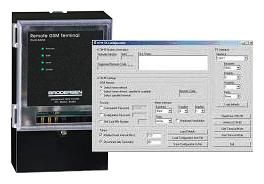 Figures 8,9: UTM-95; Configurator and terminal for UTM-95 |
Highlights:
|
OpcDbGateway – configurator
Configurator for OpenModbus OPC serverHighlights:
I.S.Wizard for I.S pac
BMS-2 – configurators
Configuration software for OPC Server telecontrolHighlights
|


